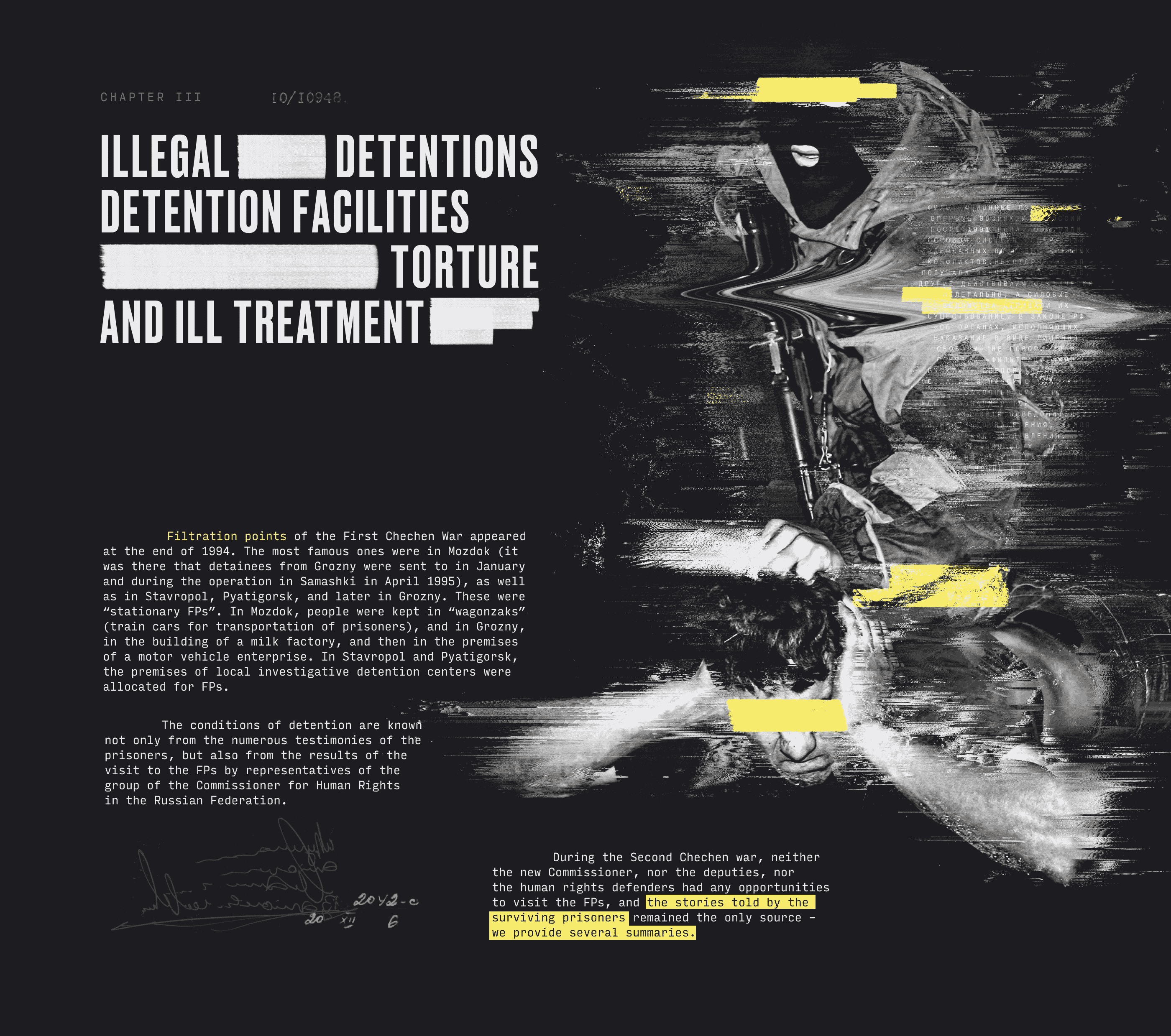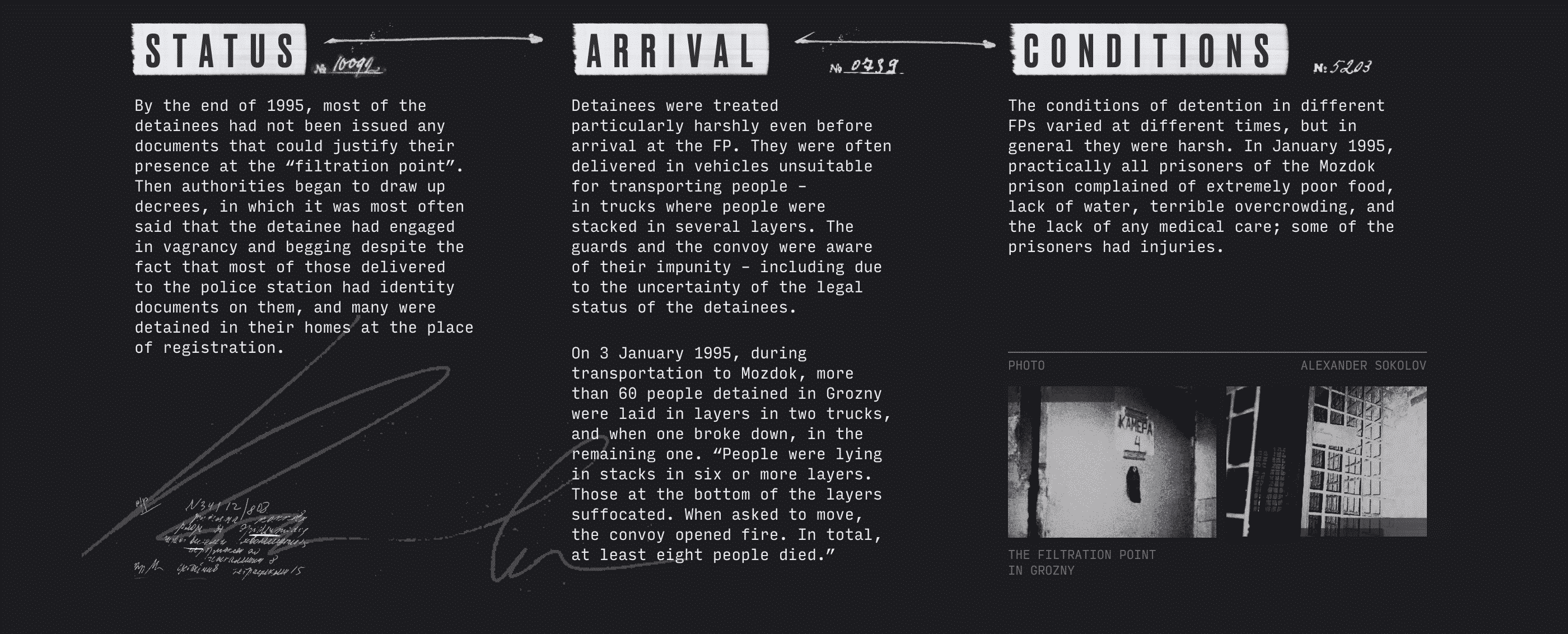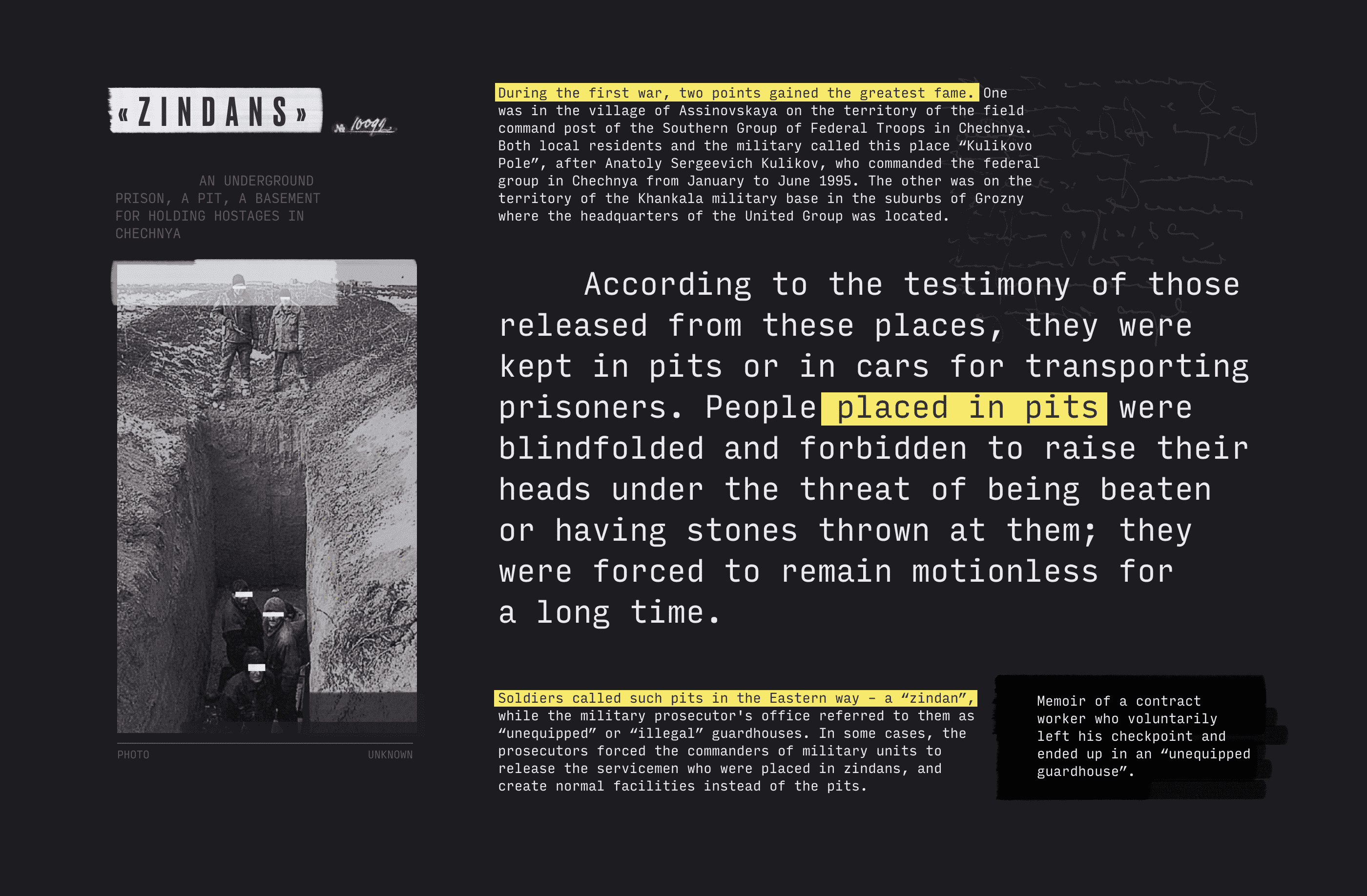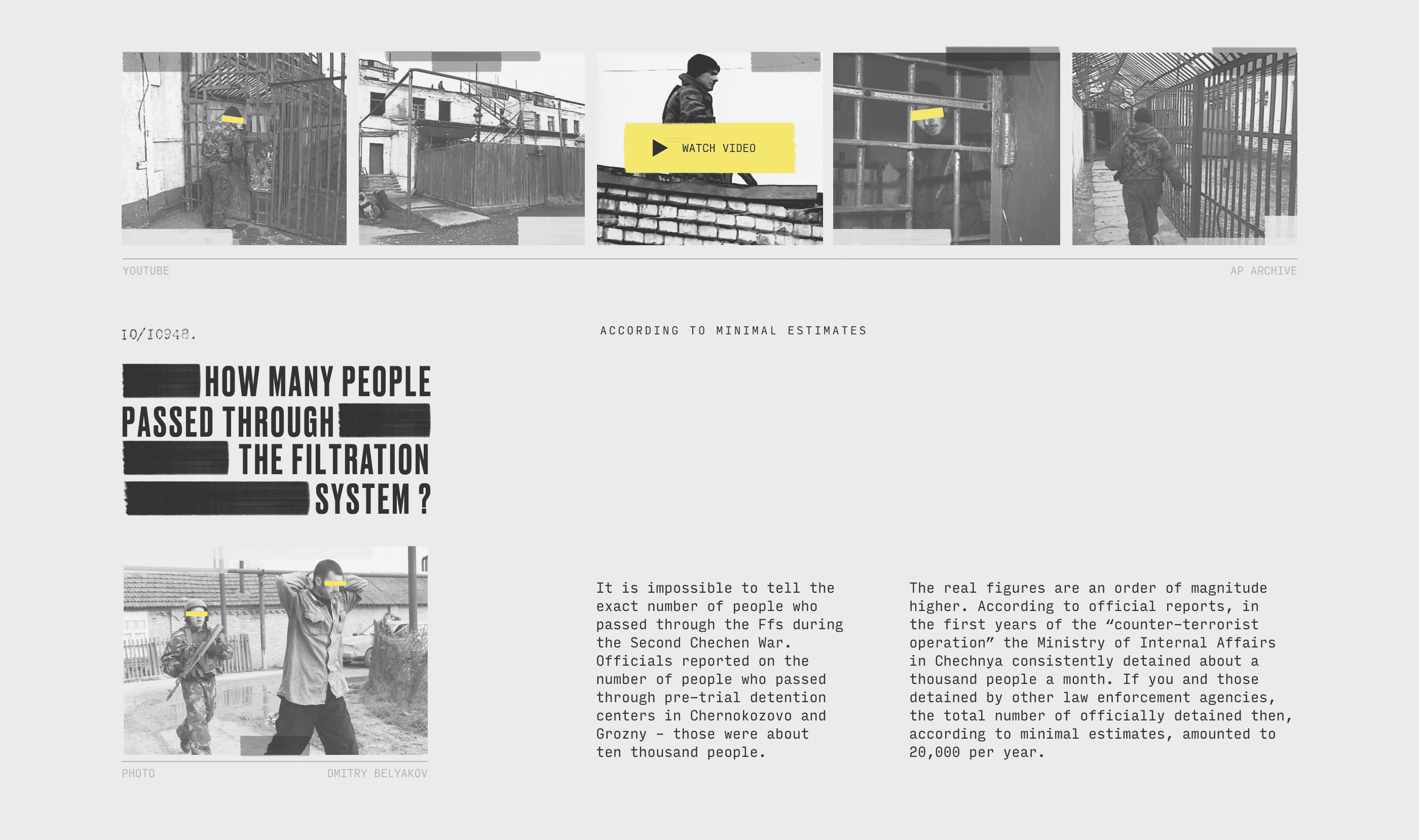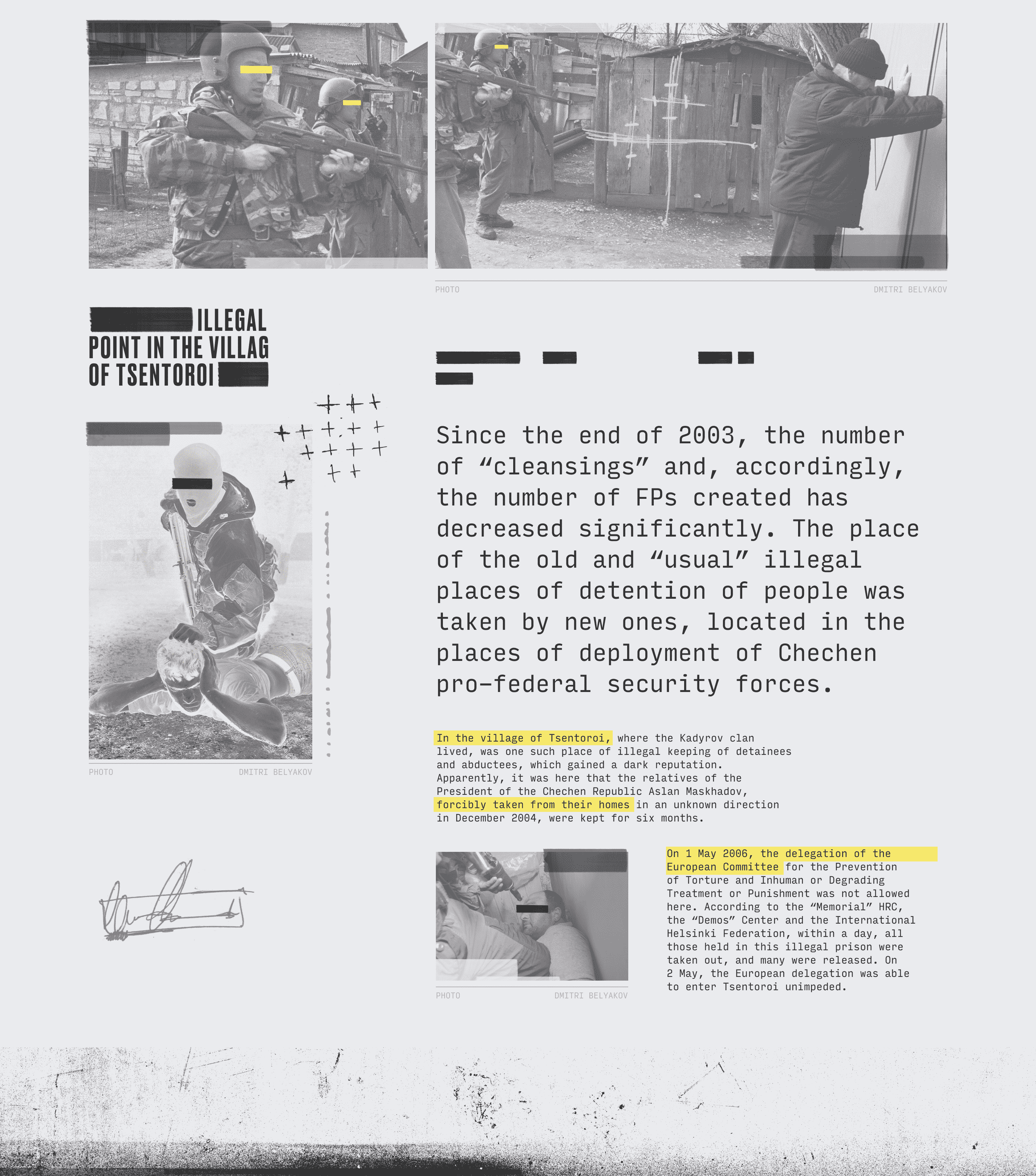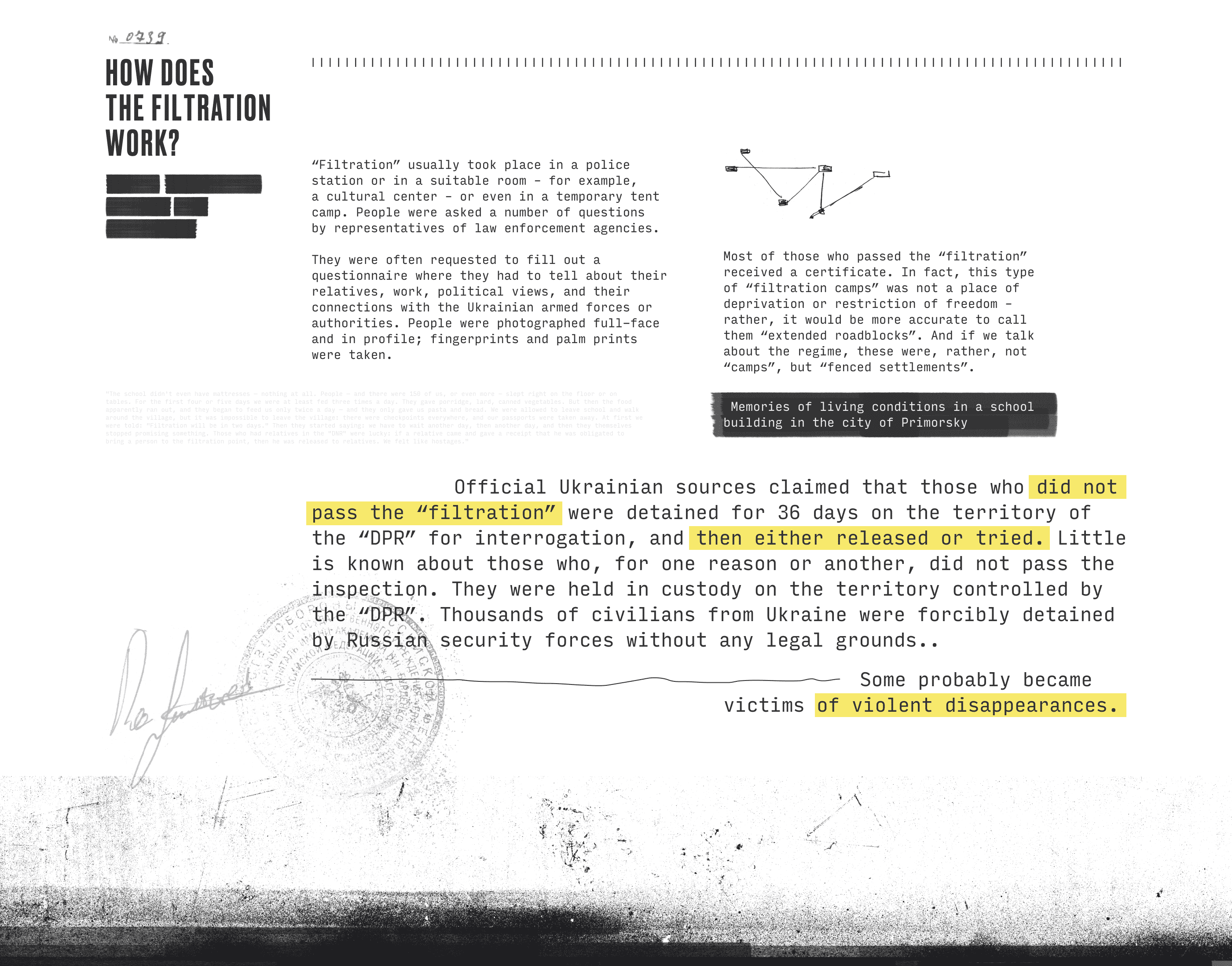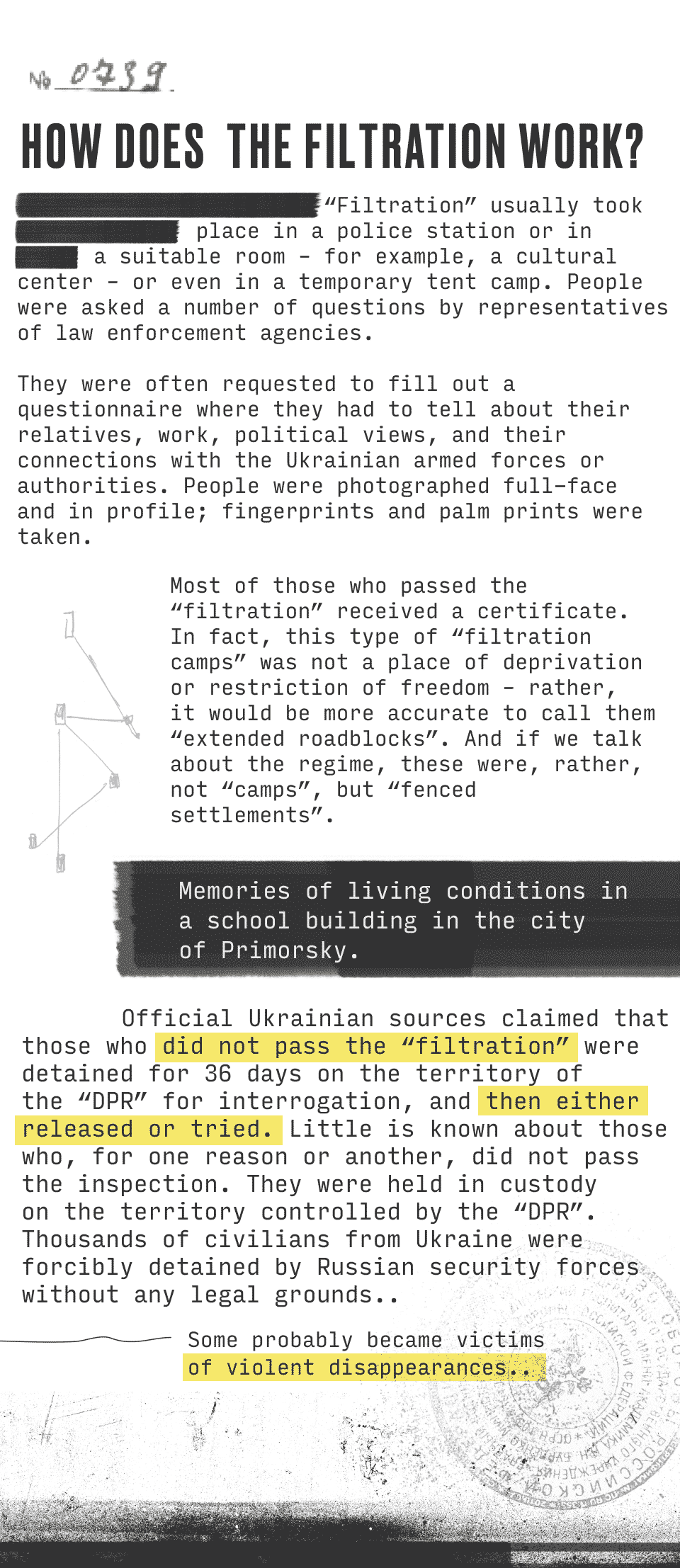
00%

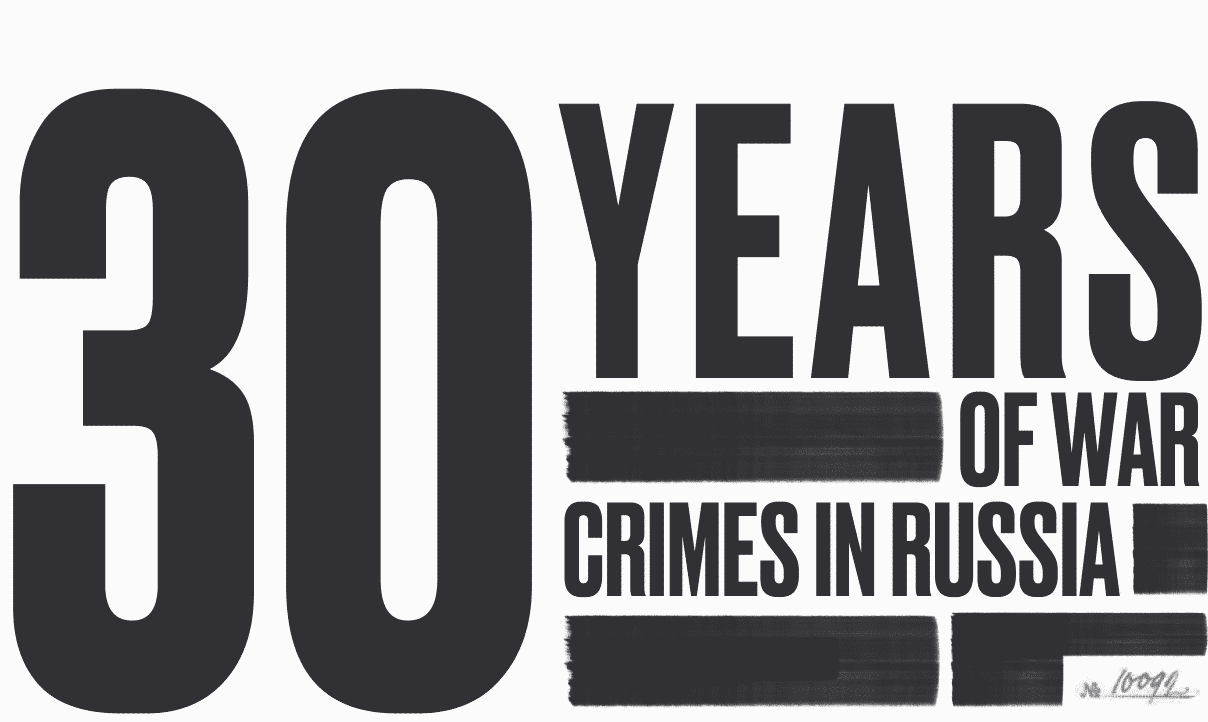
Loading
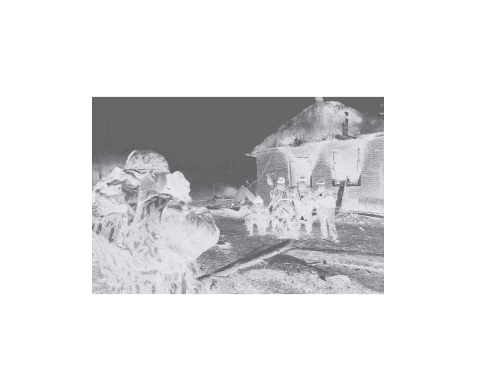

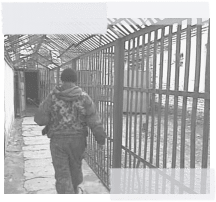
Filtration points (FP) first appeared in Russia after 1991. They were the basis of the detention system during military conflicts. Some of the FPs received official status although the others remained illegal while the law enforcement agencies denied their existence.
The law of the Russian Federation "On Institutions and Agencies Responsible for Custodial Sentences" does not mention the concept of "filtration point" therefore their creation was illegal. The system was used, among other things, to create a network of informers from the local population and to terrorize, suppress, intimidate all people disloyal to the authorities established in Chechnya.
The law of the Russian Federation "On Institutions and Agencies Responsible for Custodial Sentences" does not mention the concept of "filtration point" therefore their creation was illegal. The system was used, among other things, to create a network of informers from the local population and to terrorize, suppress, intimidate all people disloyal to the authorities established in Chechnya.
FP
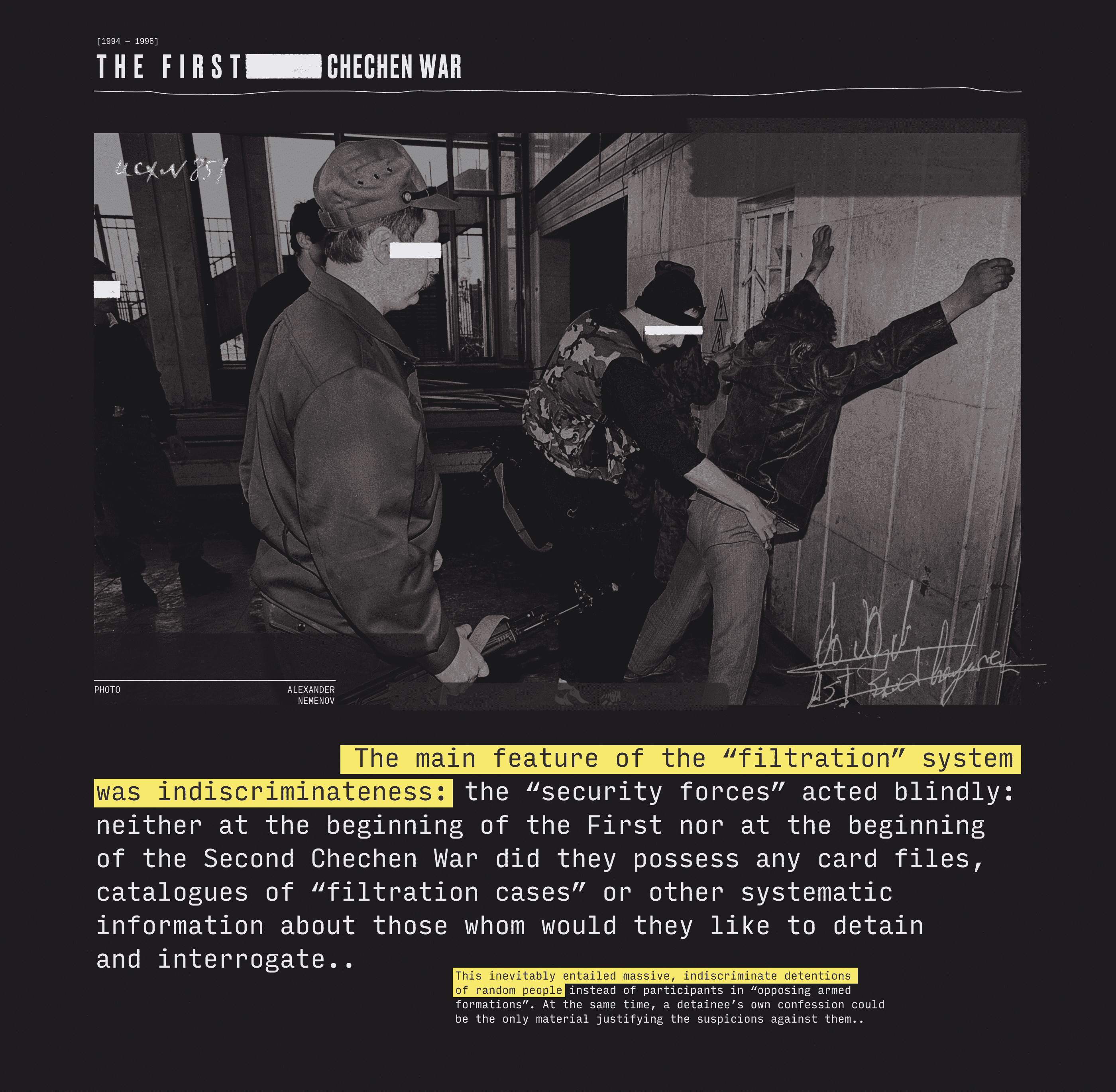
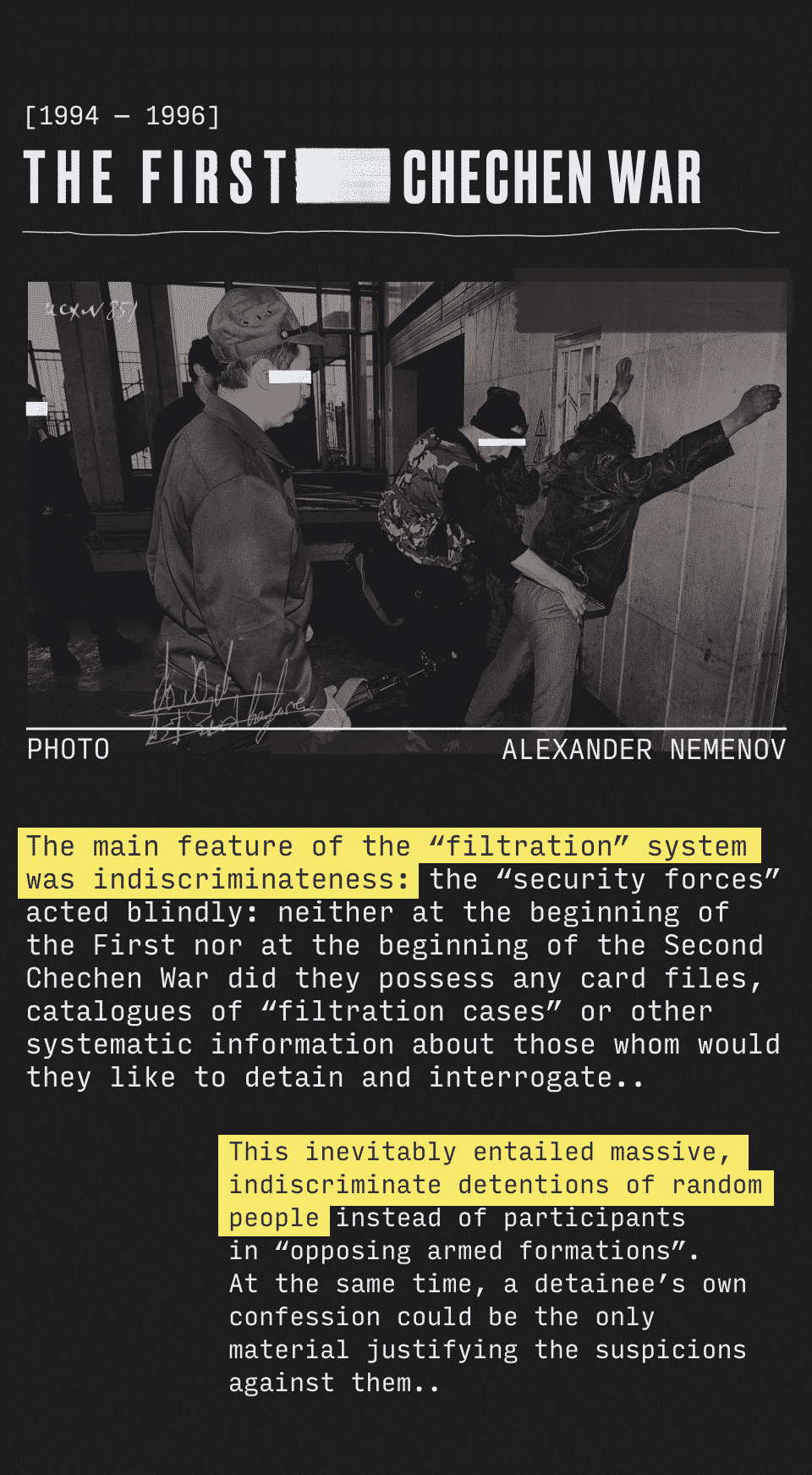
Then the situation changed for the better - perhaps due to a temporary decrease in the number of new detainees, but rather because of
the attention of the Russian and
world public to what was happening.
The prisoners began to receive
minimal medical care and their nutrition improved, but bullying
and beatings by the staff continued.
the attention of the Russian and
world public to what was happening.
The prisoners began to receive
minimal medical care and their nutrition improved, but bullying
and beatings by the staff continued.
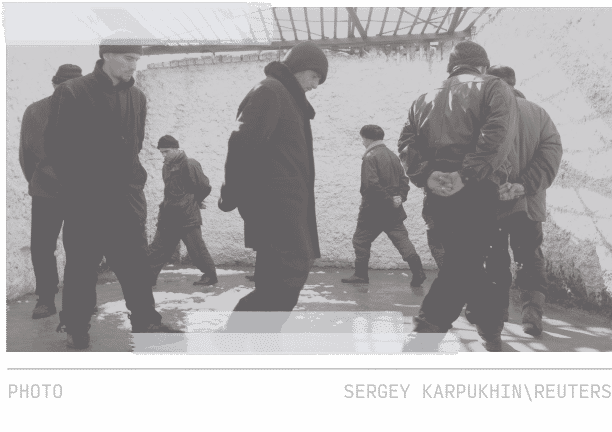


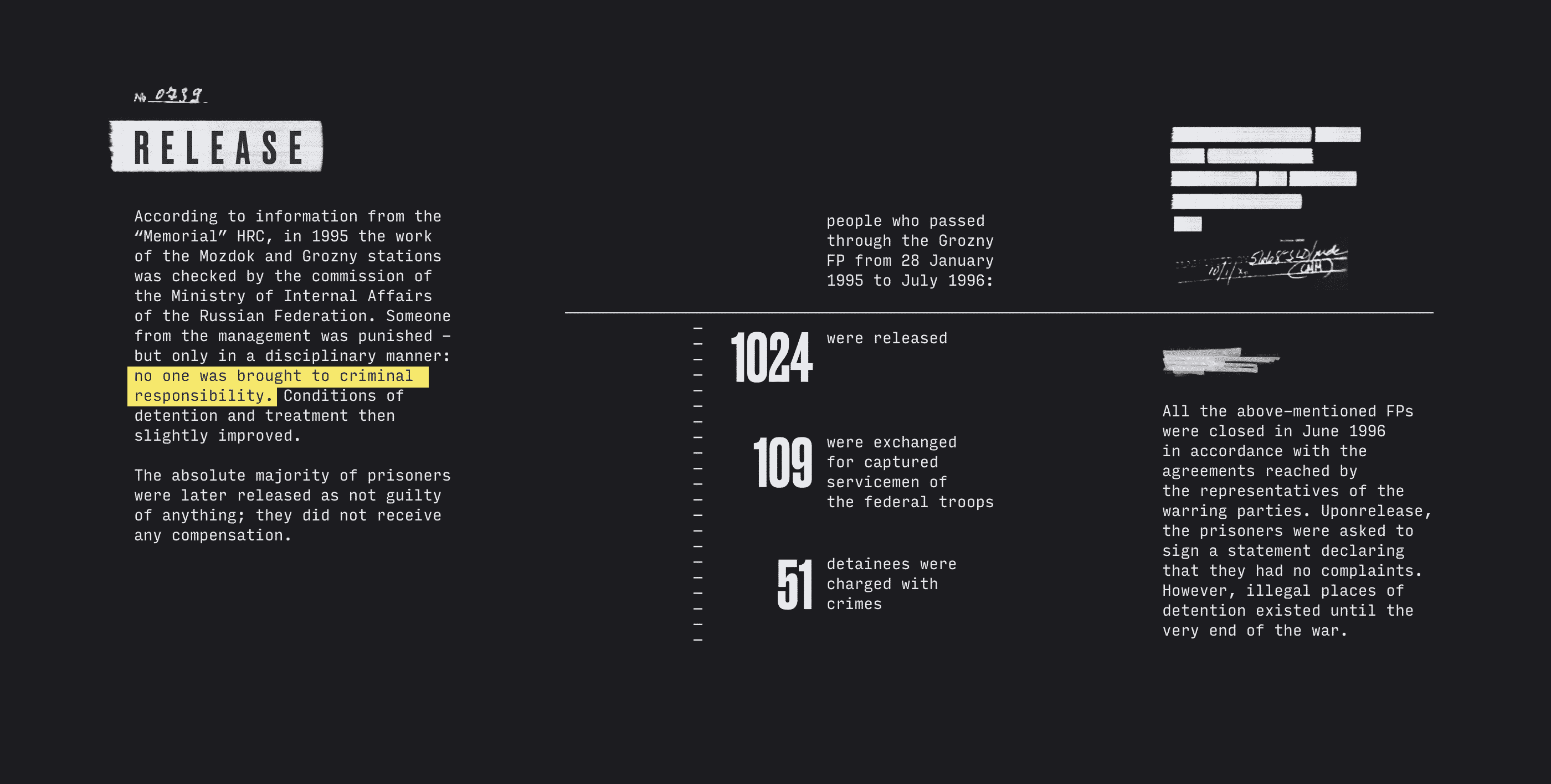
1257
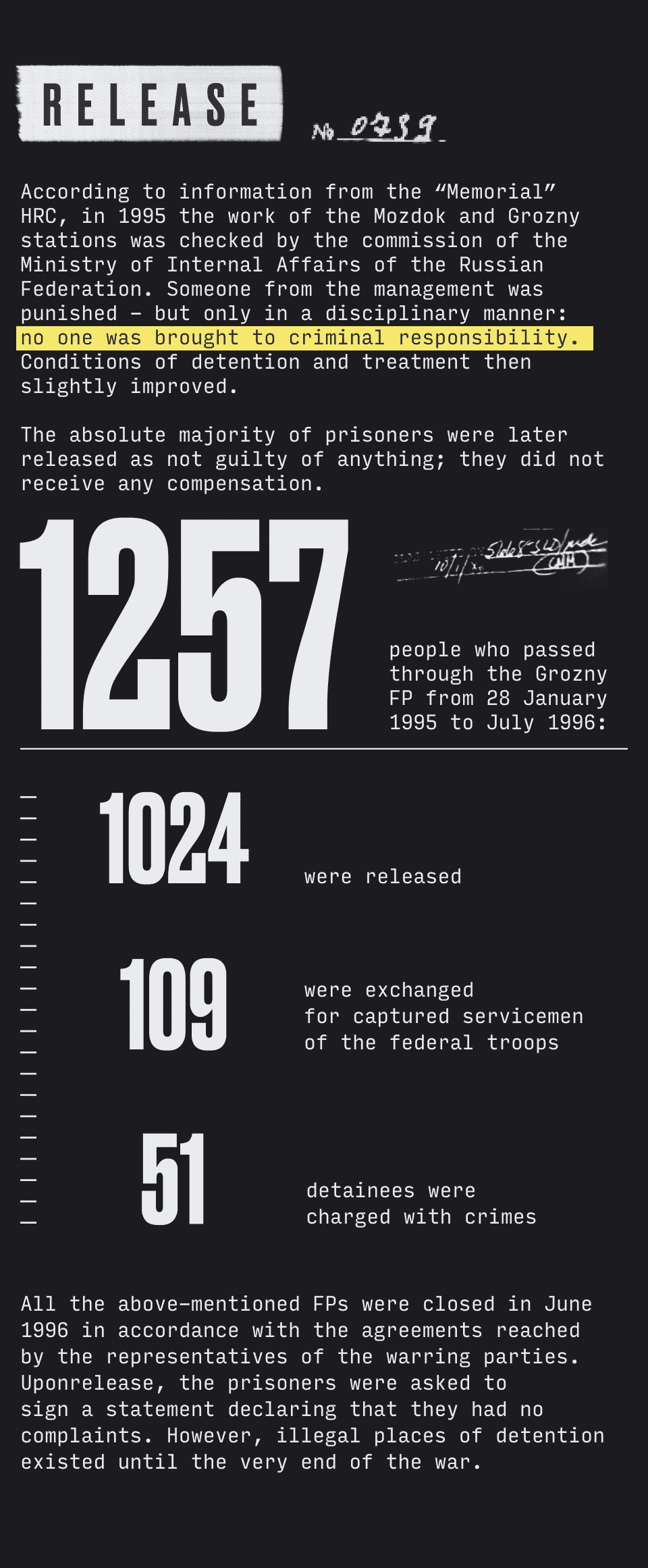
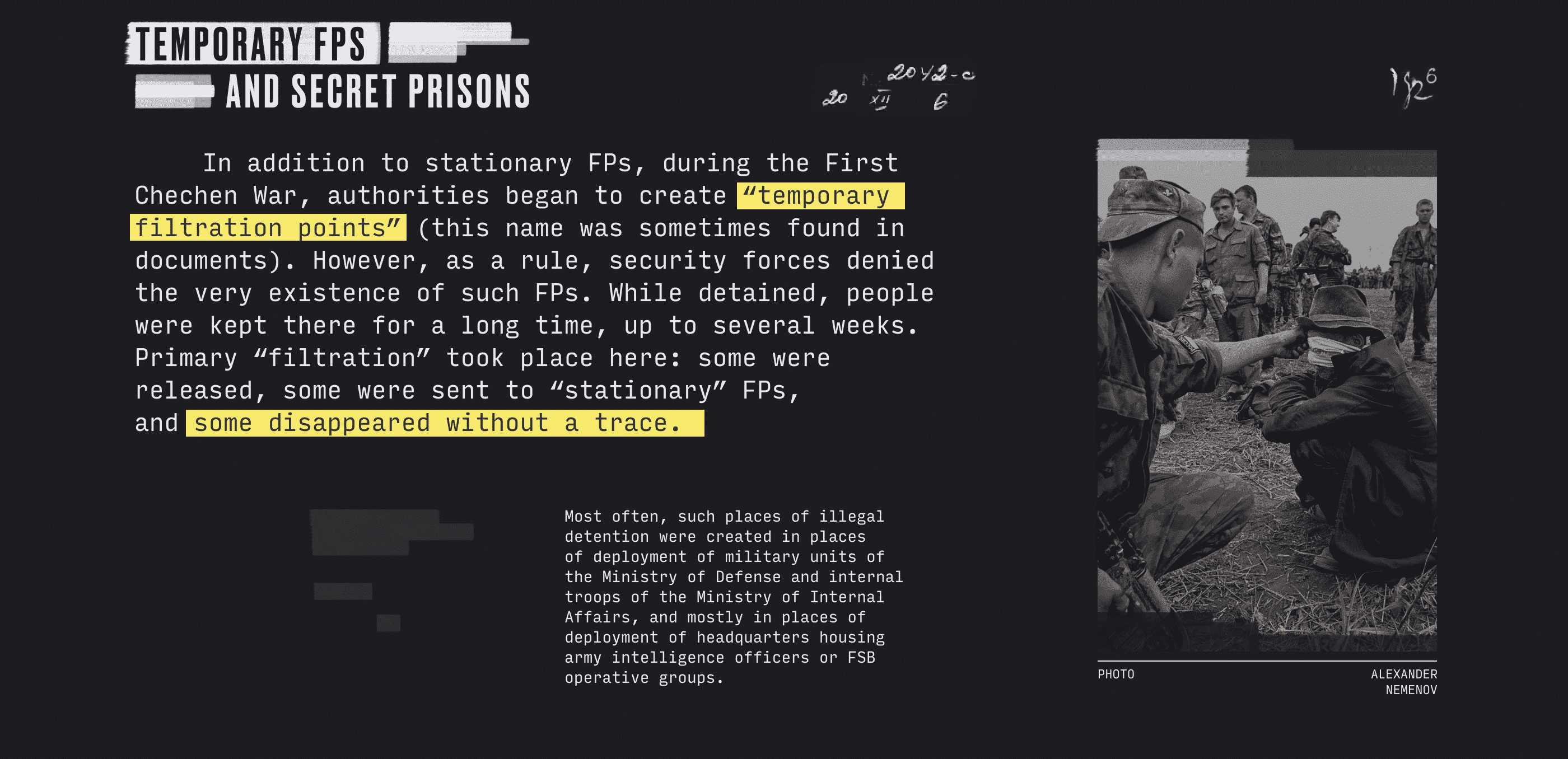
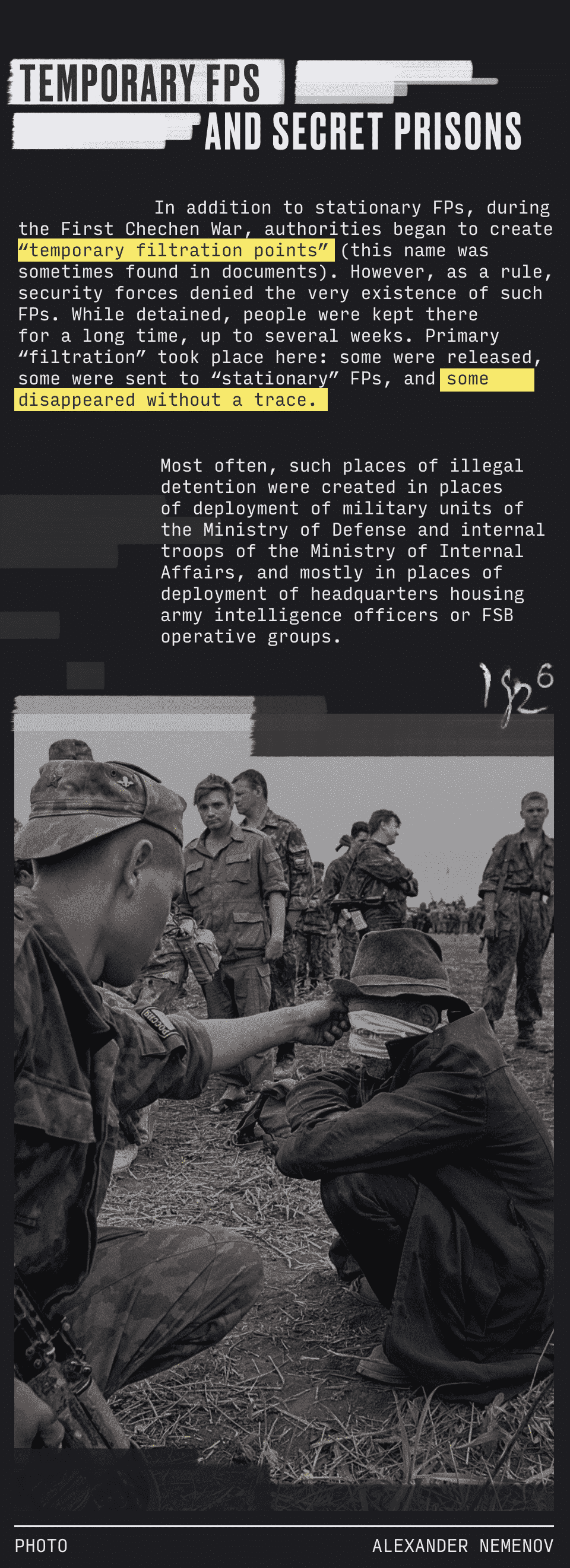
Memoir OF
A CONTRACT
A CONTRACT
There were two types of 'Zindans' - just a hole up to eight meters deep, dug by the prisoners themselves, and an iron barrel three by two meters. Victor got into the second. There was a small hole in the lock. The barrel was shot with a machine gun for better ventilation. But besides air, water also poured into the holes. There were some rags inside. Only eight people could lie down, the others could only slept standing. <...>
A can of stew and a half a loaf of bread for everyone was already good. <...> At night they would come to beat. There were four. <...> Detainees could well have been killed and attributed to combat losses so there was no point in answering.
"Maksimov V. He is waiting for the Motherland to urge him to fight again // Novaya Gazeta. 1997. May 5–11.
A can of stew and a half a loaf of bread for everyone was already good. <...> At night they would come to beat. There were four. <...> Detainees could well have been killed and attributed to combat losses so there was no point in answering.
"Maksimov V. He is waiting for the Motherland to urge him to fight again // Novaya Gazeta. 1997. May 5–11.

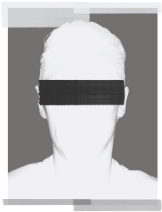
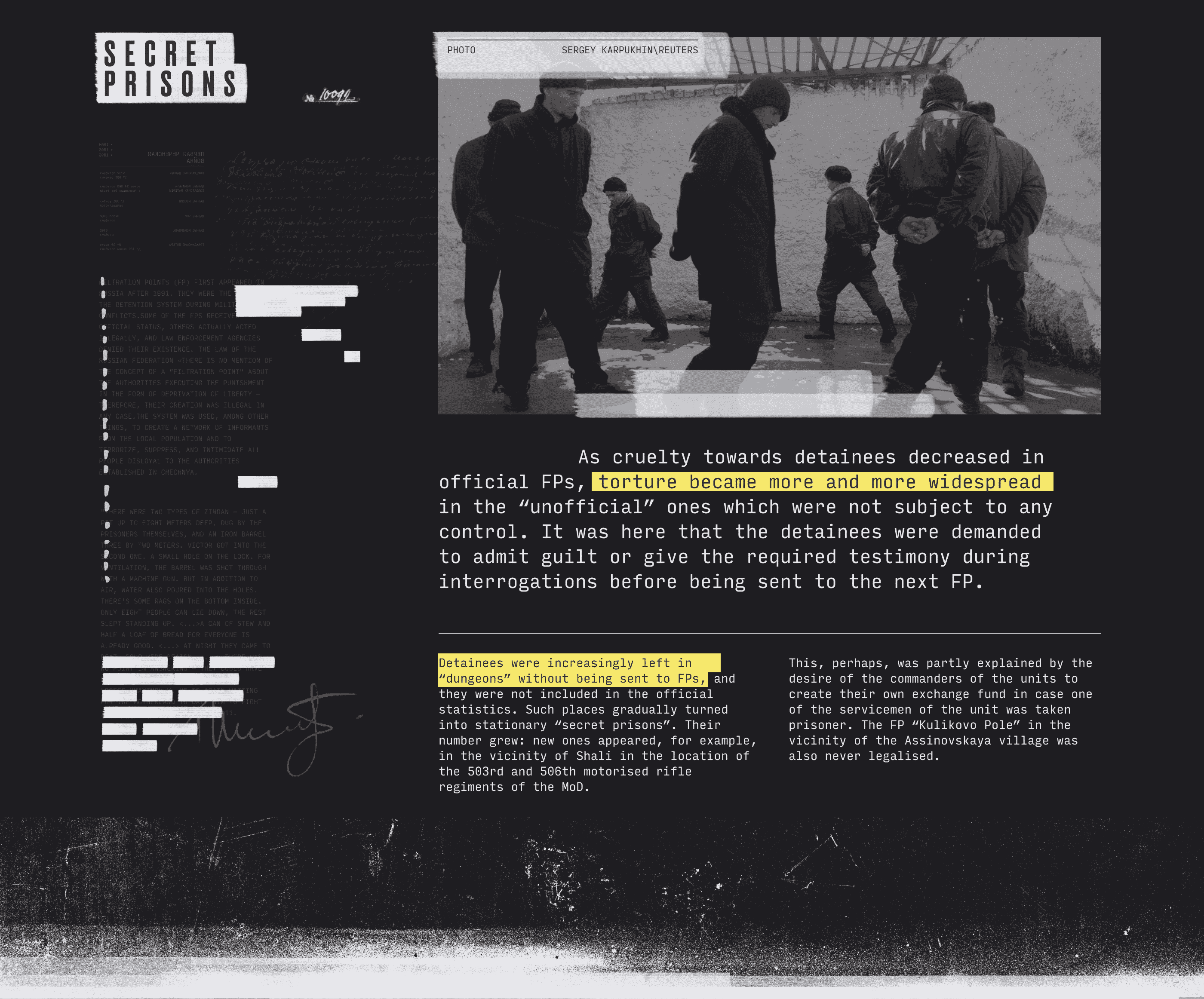
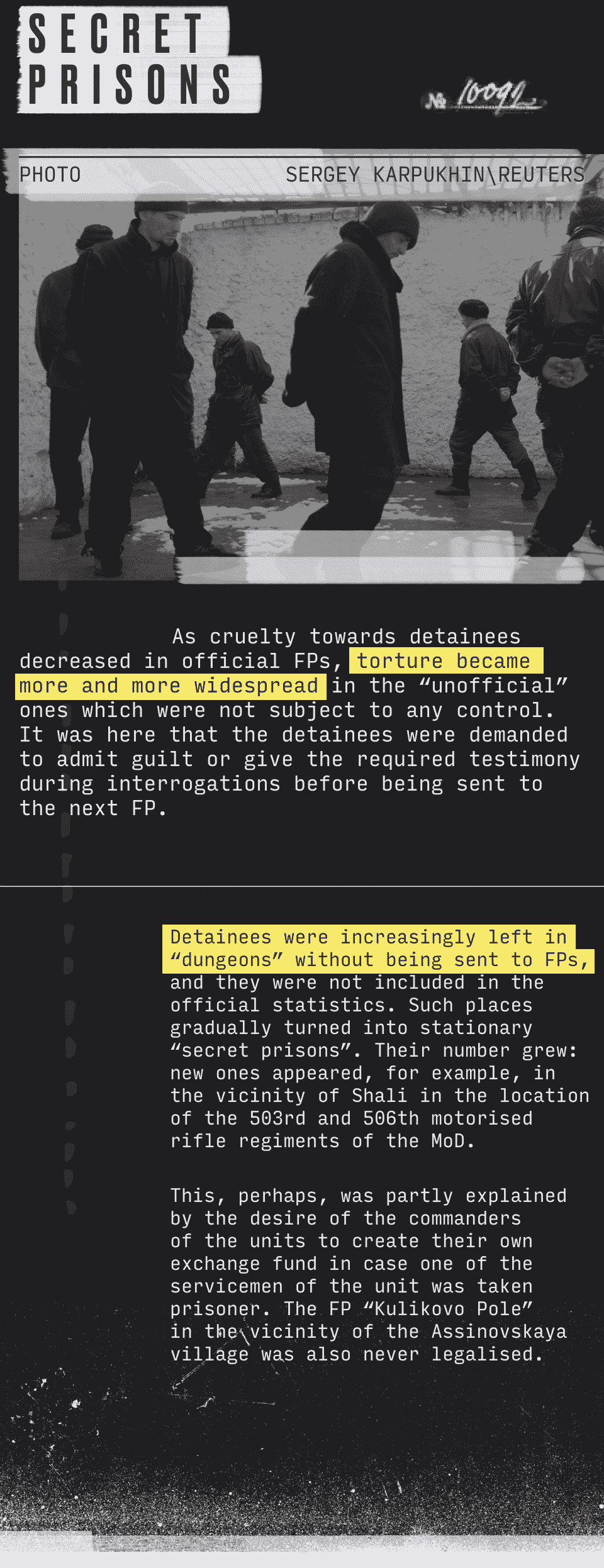
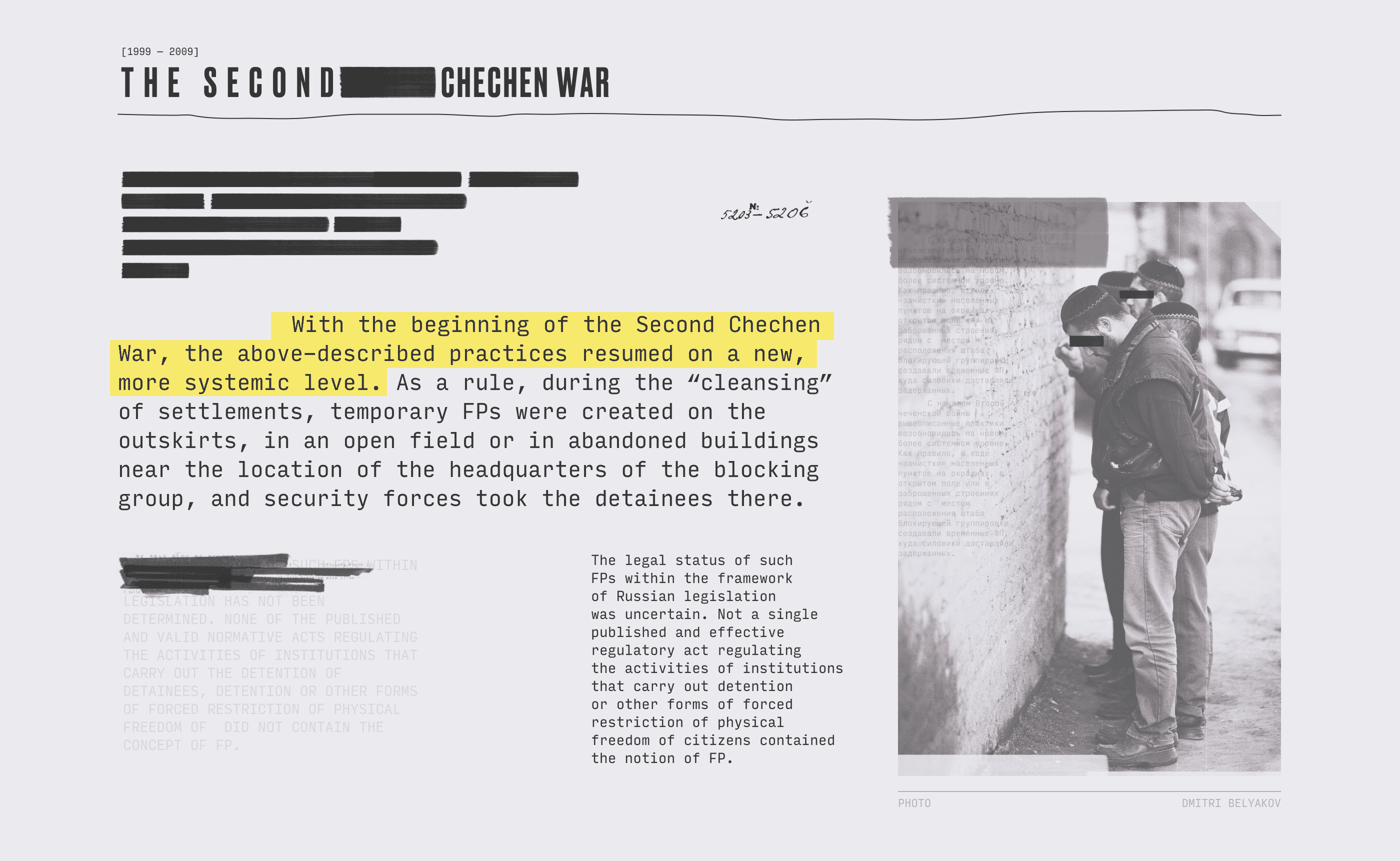
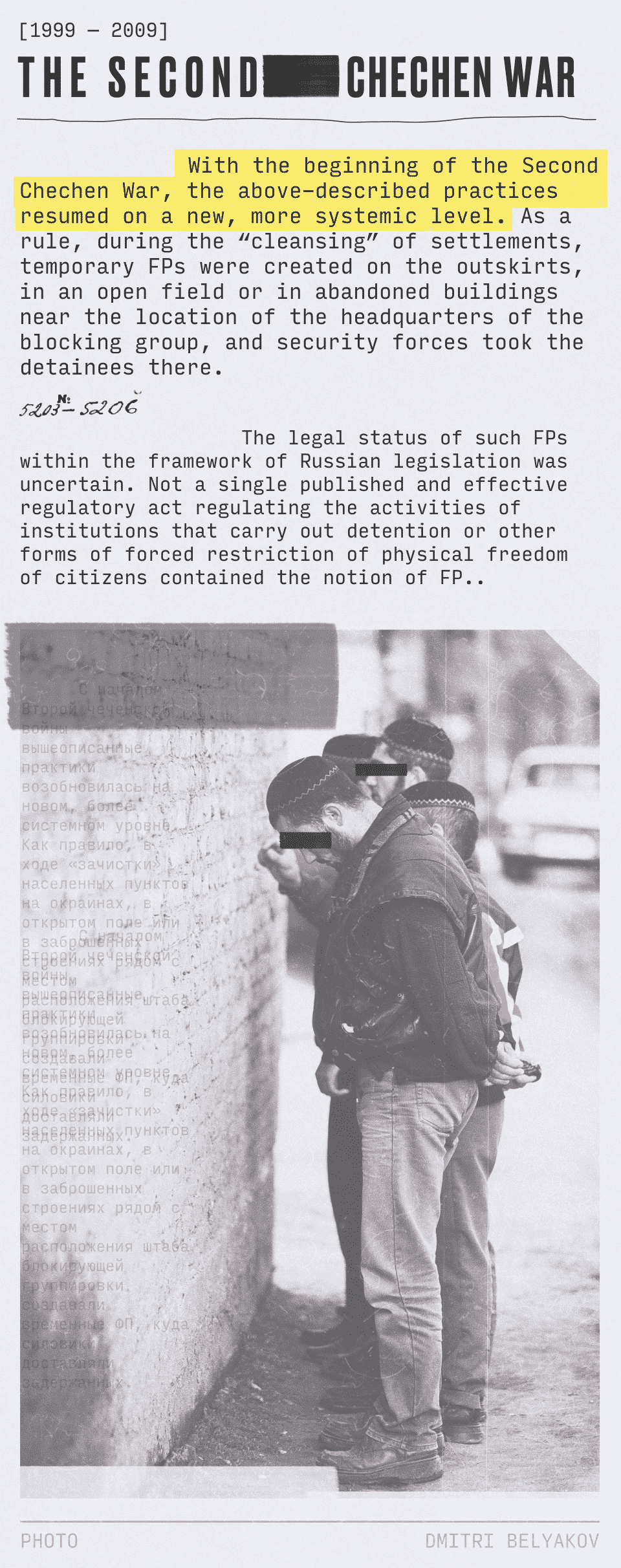
In the village of Tsentoroi
Apparently, it was there that the relatives of the President of the Chechen Republic of Ichkeria, A. Maskhadov, were kept for half a year, after they had forcibly been taken away from their homes in an unknown direction on December 3 and 28, 2004. The circumstances of the abduction and witnesses pointed to the involvement of the Kadyrov team. With a significant delay and after scandalous publicity was reached, the prosecutor's office opened a criminal case on the fact of the abduction, but for more than six months there were no updates about the destiny of the abducted. On May 31, 2005, almost three months after Maskhadov's death, all his abducted relatives were released. According to them, all this time they had been kept together in a concrete nine square meters unfurnished cell with a small latticed window under the ceiling.

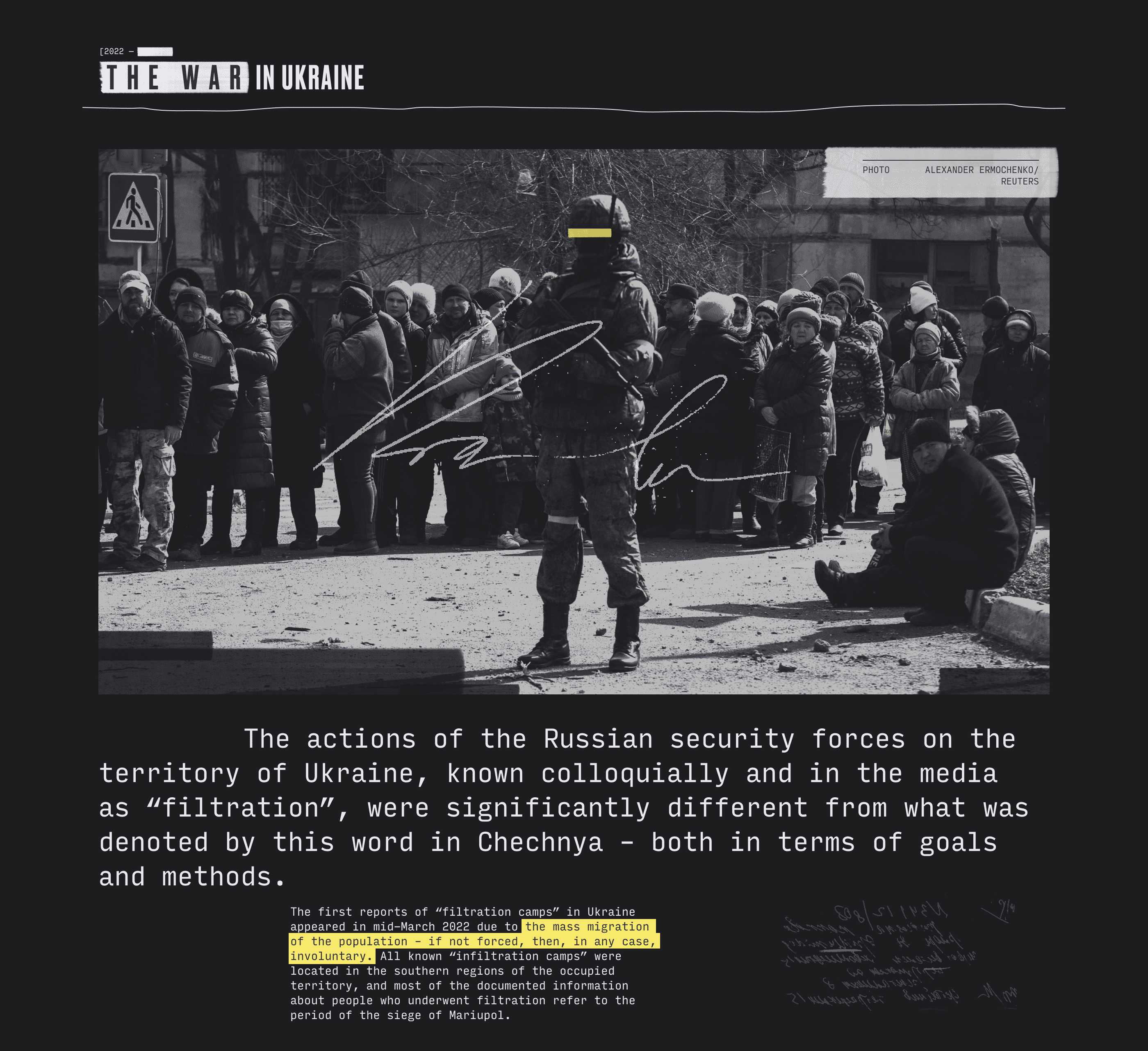
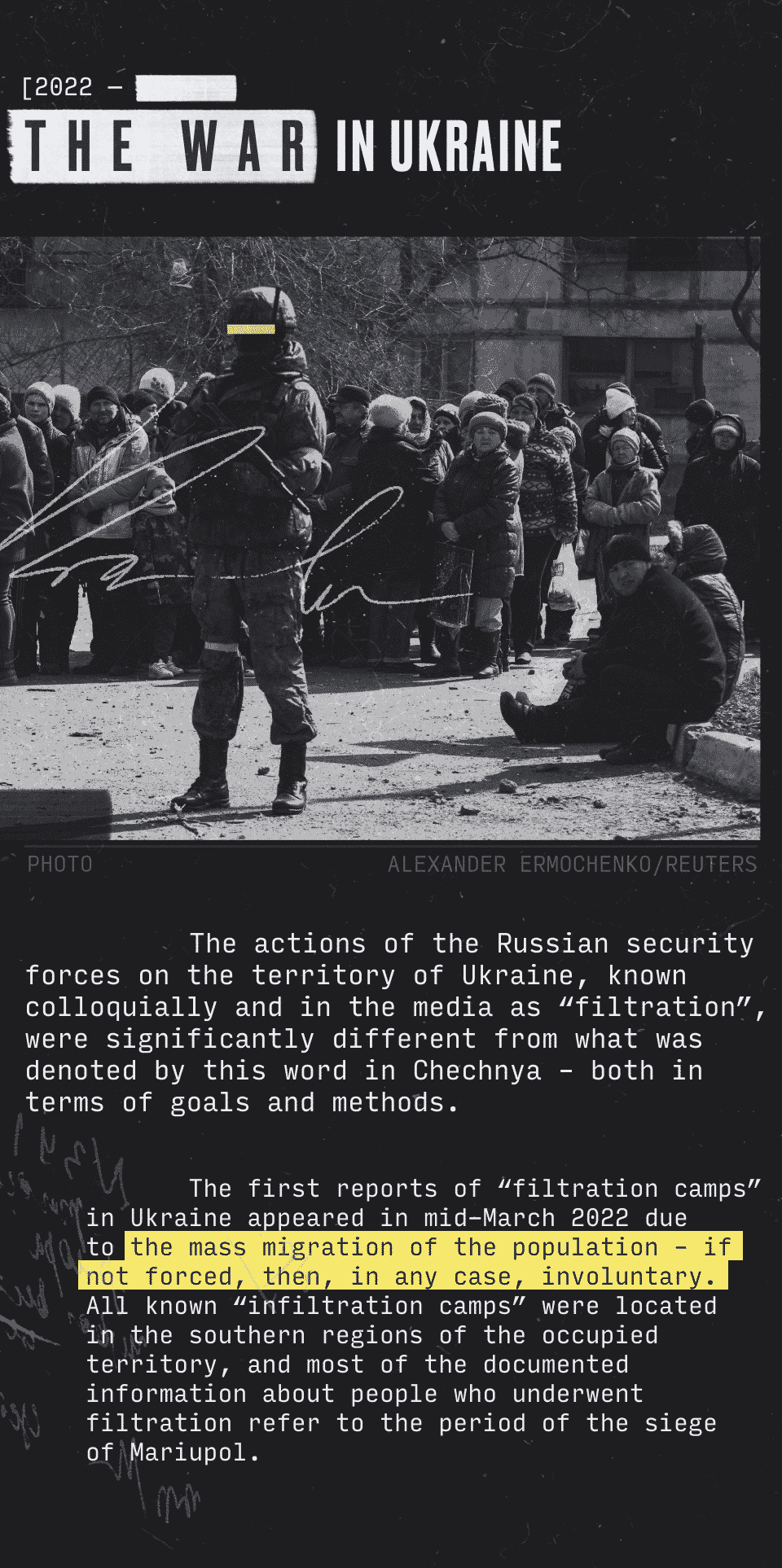
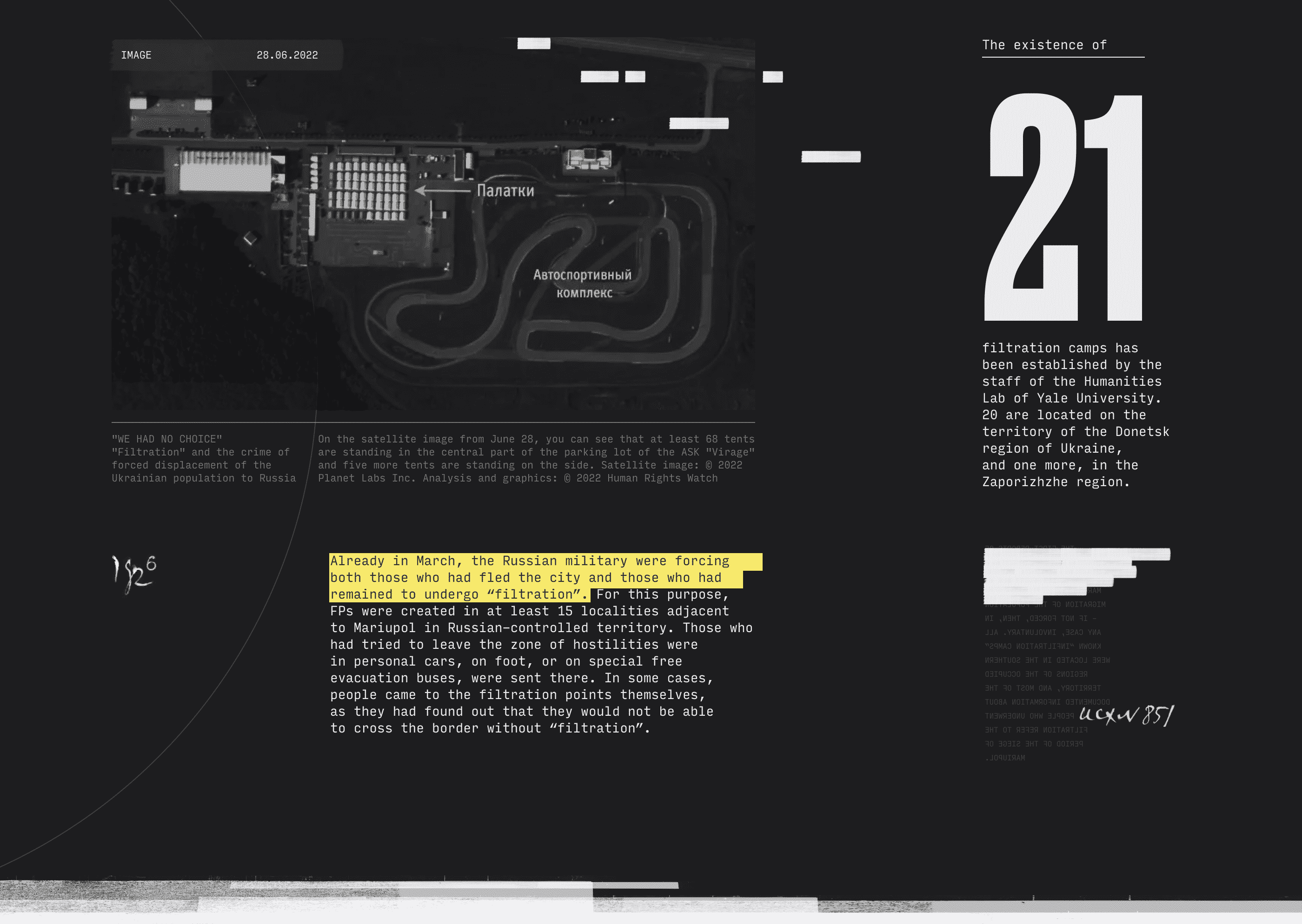


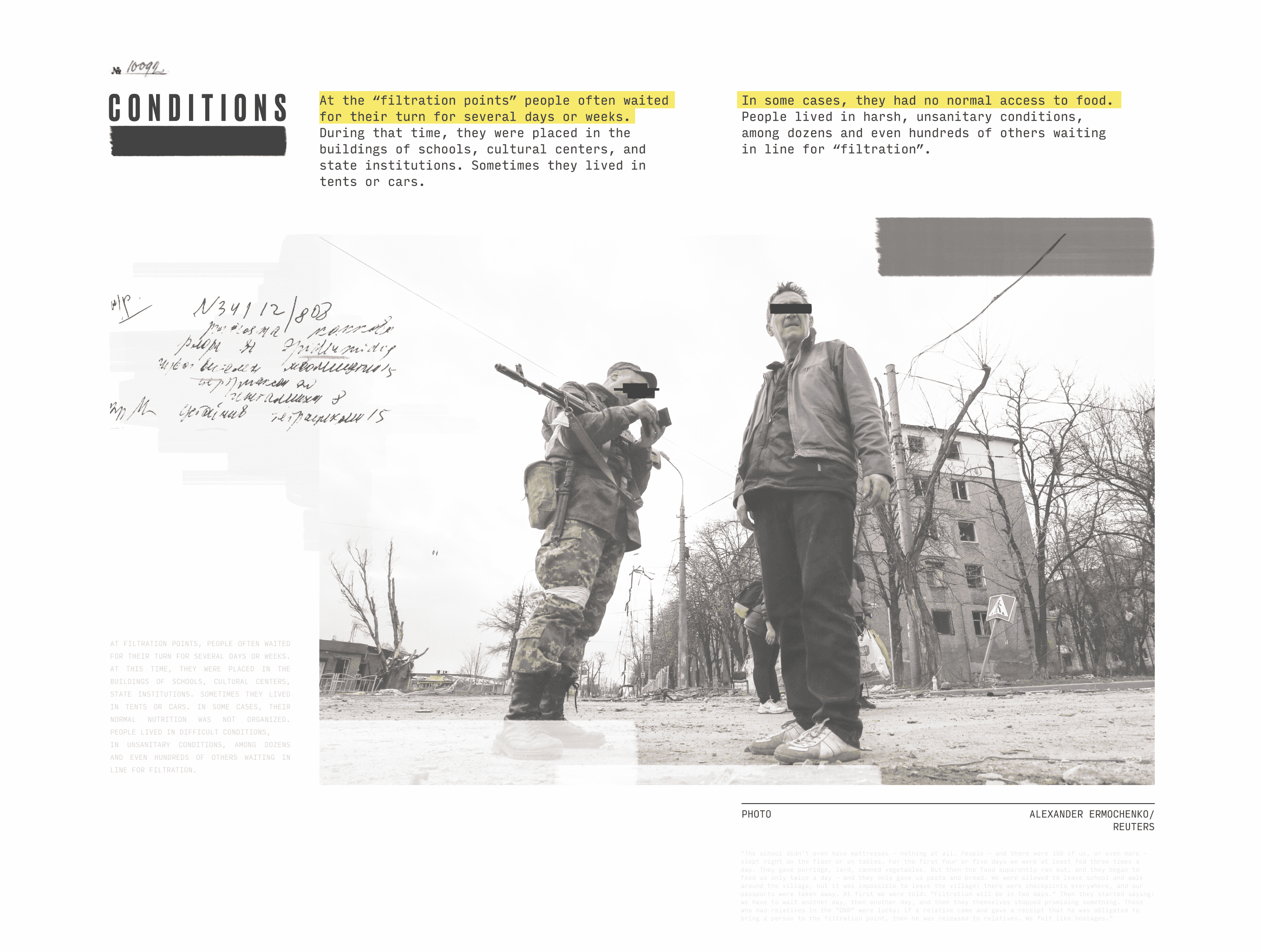
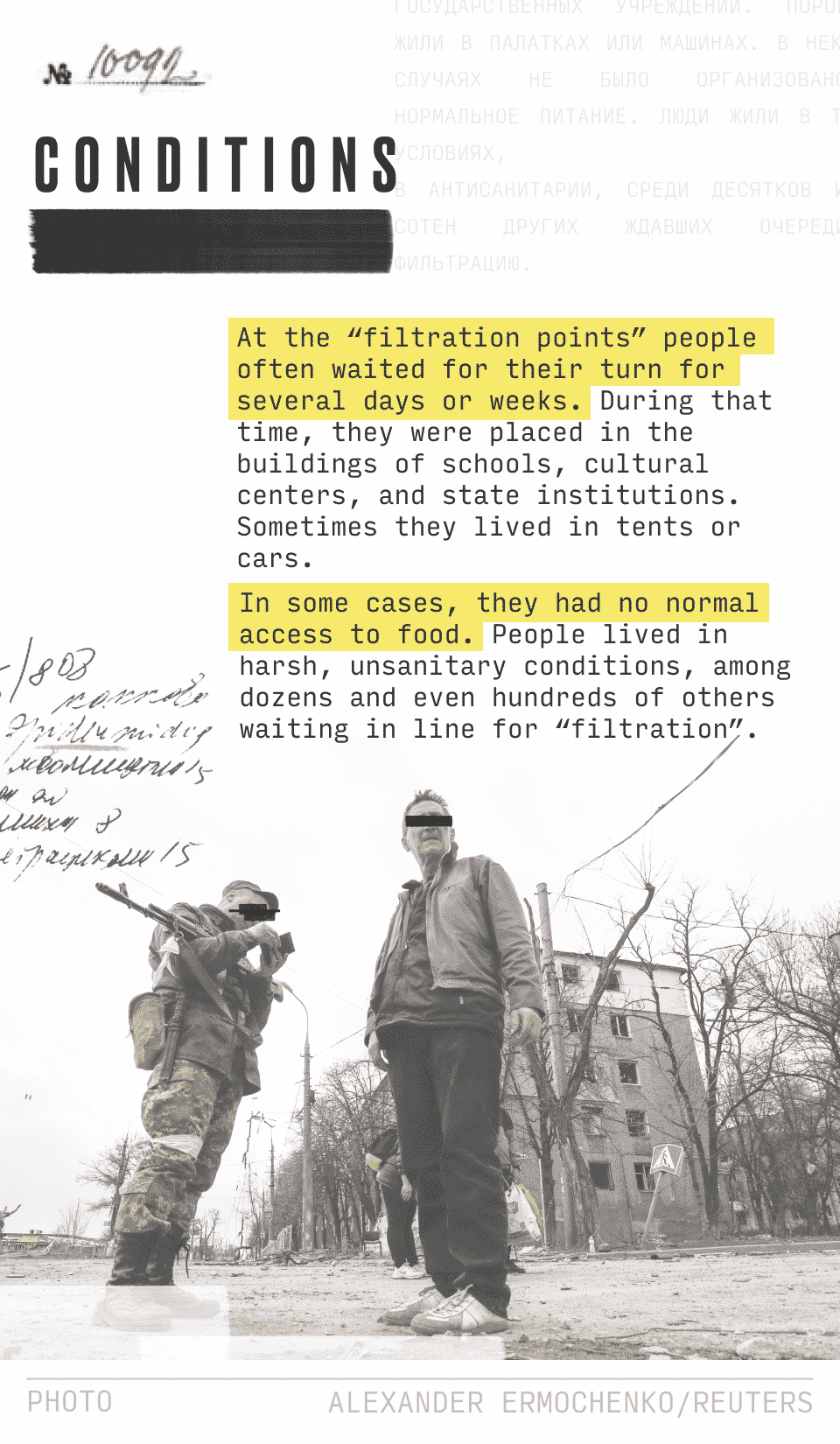
MEMORIES
«ㅤㅤㅤㅤㅤㅤㅤㅤㅤ The school didn't even have mattresses — nothing at all. People — and there were 150 of us, or even more — slept right on the floor or on tables. For the first four or five days we were at least fed three times a day. They gave porridge, lard, canned vegetables. But then the food apparently ran out, and they began to feed us only twice a day — and they only gave us pasta and bread. We were allowed to leave school and walk around the village, but it was impossible to leave the village: there were checkpoints everywhere, and our passports were taken away. At first we were told: "Filtration will be in two days." Then they started saying: we have to wait another day, then another day, and then they themselves stopped promising something. Those who had relatives in the "DNR" were lucky: if a relative came and gave a receipt that he was obligated to bring a person to the filtration point, then he was released
to relatives. We felt like hostages».
Human Rights Watch report of September 1, 2022.
to relatives. We felt like hostages».
Human Rights Watch report of September 1, 2022.




